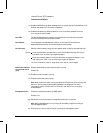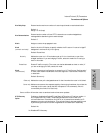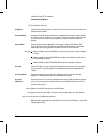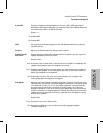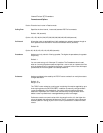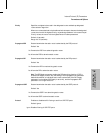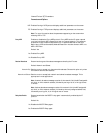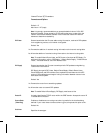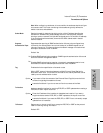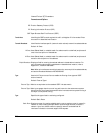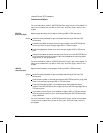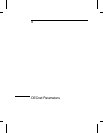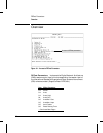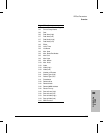
Default= 15
Maximum = 127 (hops)
Note: It is strongly recommended that you accept the default value of 15 for RIP
Network Diameter. Proper operation of RIP requires that every router within the
network use the same network diameter value. Hosts also use the RIP network
diameter to determine reachability.
RIP Listen
Determines whether the IP router adds routing information, received in RIP updates
from neighboring routers, to its internal routing table.
Default: Yes
No
Prevents the addition of received routing information to the internal routing table.
Yes
Allows the addition of received routing information to the internal routing table.
Note: To enable Default Route Listen, set RIP Listen to Yes; then set RIP Supply. For
additional information, refer to “RIP Supply,” “Default Route Supply,” “Default Route
Listen,” “Poisoned Reverse,” and “RIP Interface Cost.”
RIP Supply
Determines whether the IP router transmits periodic RIP updates to neighboring
routers within the network.
RIP Supply, along with RIP Listen, Default Route Supply, Default Route Listen,
Poisoned Reverse, and RIP Interface Cost, implement certain features of the RIP
protocol. RIP enables the exchange of routing information between routers in the
same autonomous system.
Default: Yes
No
Prevents the router from transmitting updates.
Yes
Allows the router to transmit RIP updates.
Note: To enable Default Route Supply, RIP Supply must be set to Yes.
Router ID
Uniquely identifies the TCP/IP router within the OPSF domain. Accepts the router ID
in dotted-decimal notation.
Source Route
(Token Ring)
Enables or disables source routing over token ring media for the interface being
defined. If your router does not have a token ring port, always set this option to No.
Default: No
Stub Area
Specifies the area type.
Internet Protocol (IP) Parameters
Parameters and Options
7-26



